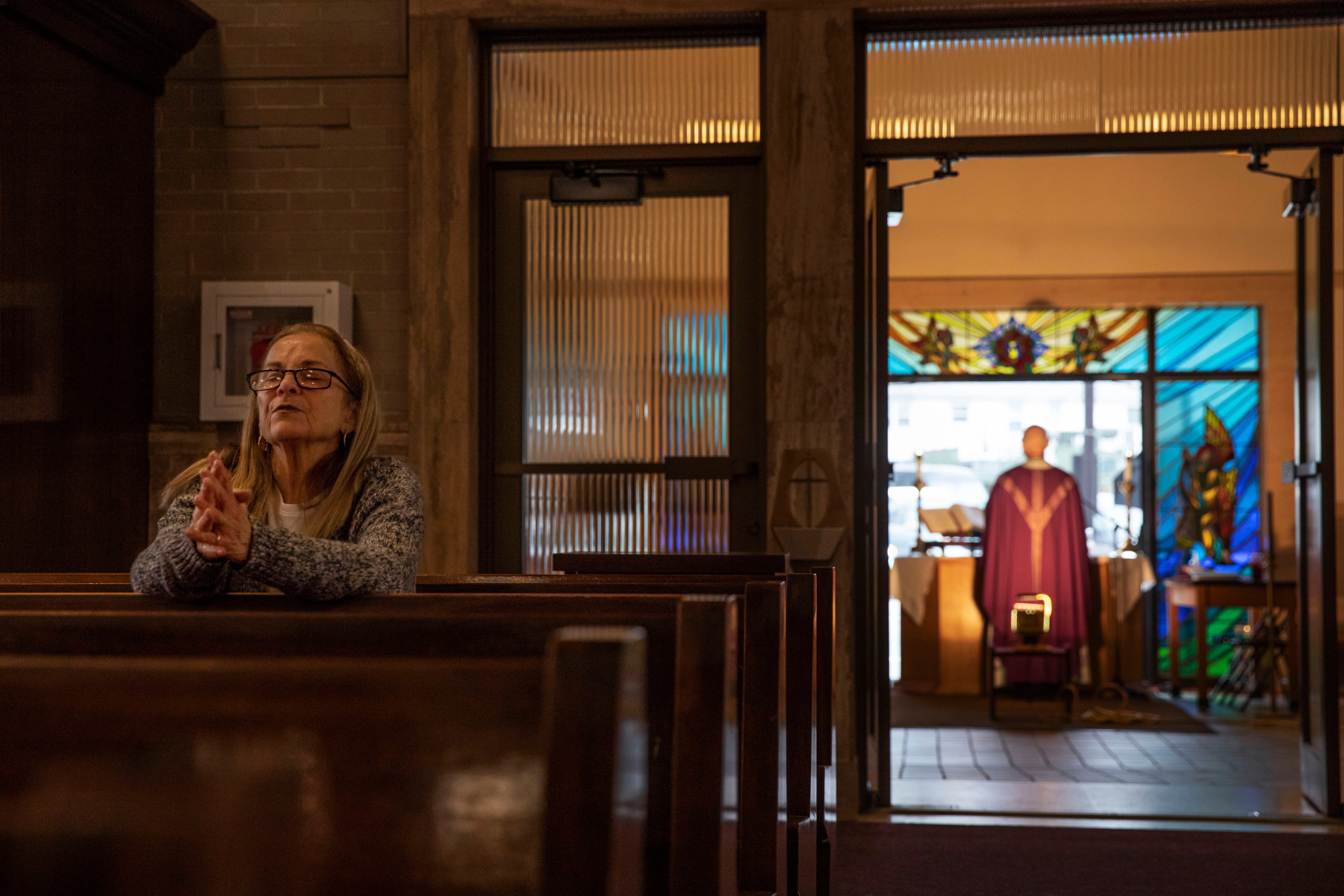Study: Only half of American households donate to charity
For the first time in nearly two decades, only half of U.S. households donated to a charity

Your support helps us to tell the story
This election is still a dead heat, according to most polls. In a fight with such wafer-thin margins, we need reporters on the ground talking to the people Trump and Harris are courting. Your support allows us to keep sending journalists to the story.
The Independent is trusted by 27 million Americans from across the entire political spectrum every month. Unlike many other quality news outlets, we choose not to lock you out of our reporting and analysis with paywalls. But quality journalism must still be paid for.
Help us keep bring these critical stories to light. Your support makes all the difference.
For the first time in nearly two decades, only half of U.S. households donated to a charity, according to a study released Tuesday. The findings confirm a trend worrying experts: Donations to charitable causes are reaching record highs, but the giving is done by a smaller and smaller slice of the population.
The study, published every other year by Indiana University’s Lilly Family School of Philanthropy, comes from a survey that has been tracking the giving patterns of more than 9,000 households since 2000, when 66% of U.S. households donated to a charitable organization. That number dropped to 49.6% in 2018, the latest year with comprehensive figures from those households.
Experts say many factors are contributing to the decline. The percentage of Americans who give to religious causes has decreased in tandem with attendance at worship services as the number of Americans not affiliated with any religion grows. Separately, the share of Americans who give to secular causes began to drop following the economic turbulence of the Great Recession, but it hasn’t bounced back. It reached a new low — 42% — in 2018, the study said.
Una Osili, the associate dean for research and international programs at the Lilly School, suggests this is, in part, because the Great Recession made it difficult for some younger Americans to establish a habit of giving. The study found only about a third of households headed by someone under the age of 40 gave to charity in 2018, a trend Osili believes will be a challenge for charities.
“What are the factors that will bring them into giving? Especially if they are not attending services, and not participating in networks that will lead to giving,” she said.
The nationally representative study from the university does have its limitations. It measures giving to charitable organizations, but doesn’t analyze donations made through informal crowdfunding campaigns, which tends to draw younger audiences. It also doesn't measure contributions of goods and services.
The study says declining levels of trust among Americans for institutions and each other may also contribute to the move away from charitable giving. That mistrust is especially pronounced among millennials, which could cause another layer of challenges for charitable organizations.
The data shows a majority of households headed by a person who had a college or a graduate degree, and was married or widowed gave to charity. Wealth was also a factor.
Nearly 8 out of 10 households with more than $200,000 of wealth gave to charity in 2018, the study said. By contrast, less than 4 in 10 households with wealth less than $50,000 made donations.
“The overall pie (in giving) is slowly moving towards the ultra wealthy,” said John List, an economics professor at the University of Chicago who studies giving, adding that this shift can be dangerous. “Rich people give to causes that rich people want to give to,” he said. "You have a very different supply of goods and services from the charitable community when the rich people give versus when the middle-class or lower-class gives.”
Critics have long argued that large charitable donations by wealthy philanthropists are only possible in an era of rising income inequality, a point philanthropist MacKenzie Scott cited during her latest announcement of donations.
Phil Buchanan, the president of the Center for Effective Philanthropy and author of “Giving Done Right: Effective Philanthropy and Making Every Dollar Count," believes the declining giving participation rate also shows charities are failing to communicate their message effectively.
American society tends to deify businesses and and athletes, he said. "And we can do a better job of elevating the work and heroism of nonprofits in communities all across the country.”
____
The Associated Press receives support from the Lilly Endowment for coverage of philanthropy and nonprofits. The AP is solely responsible for all content. For all of AP’s philanthropy coverage, visit https://apnews.com/hub/philanthropy.
Subscribe to Independent Premium to bookmark this article
Want to bookmark your favourite articles and stories to read or reference later? Start your Independent Premium subscription today.